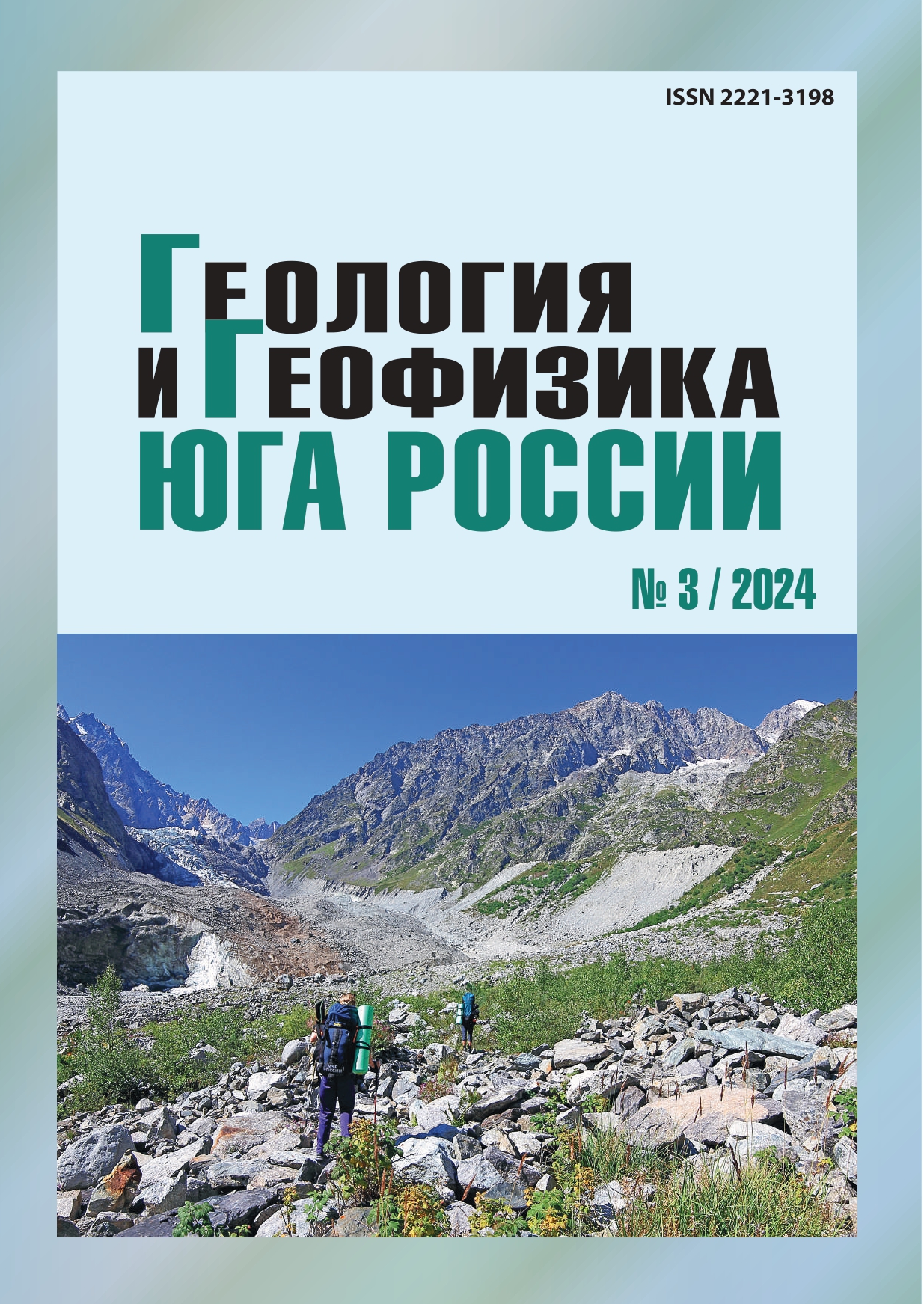On technogenic degradation of river systems in the Eastern Azov region: hydrographic aspect
Abstract
Relevance. The study area belongs to the catchment area includes the catchment areas of the Beisug, Chelbas, Albashi, Yaseni, Eya, Chuburka rivers with a total area of more than 23 thsd km2 with a total length of watercourses of 7.66 thsd km. Continuous technogenic degradation of these rivers due to disruption of drainage by numerous partitioning structures, plowing and redevelopment of the surface of watersheds leads to the loss of rivers of their water resource potential. Hydrographic aspects of the degradation of these river systems are still insufficiently studied. Aim. Obtaining quantitative assessments of the transformation of river systems based on hydrographic characteristics (length of watercourses, regulation of rivers, plowed watersheds, etc.) over the past decades (1999–2021) for subsequent interpretation in connection with regional water balance changes. Methods. GIS technologies are used in the processing of Earth remote sensing materials, as well as in GIS mapping. Vectorization of the watersheds contours and the water-erosion network was carried out using spatial analysis tools in a full-featured GIS environment. The position of the blocking structures on the rivers was determined using satellite images with selective verification during field work (2018–2024). Recognition of land surface/land use types was performed on satellite images through automated classification. Results. About 3000 partitioning structures with an average density of 0.13 units/km2 were found in the studied catchment areas. Technogenic transformations of river systems are characterized by changes in the structure of land use, a reduction in the length of watercourses and decrease in the density of the water-erosion network. The total length of watercourses decreased by 1618 km or 17.4%. The area of agricultural fields in individual watersheds decreased from 1.2% (Beisug) to 4.7% (Chelbas). Everywhere in lower-order watersheds «dying away» of the upper sections of the river and gullies network and disturbances in the drainage of the territory were revealed. The dynamics of the river network indicate the steady water degradation of rivers in the Eastern Azov region.


